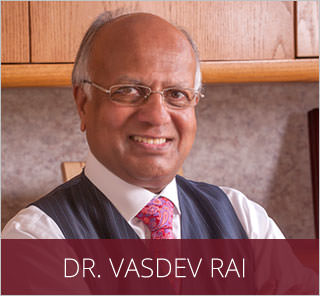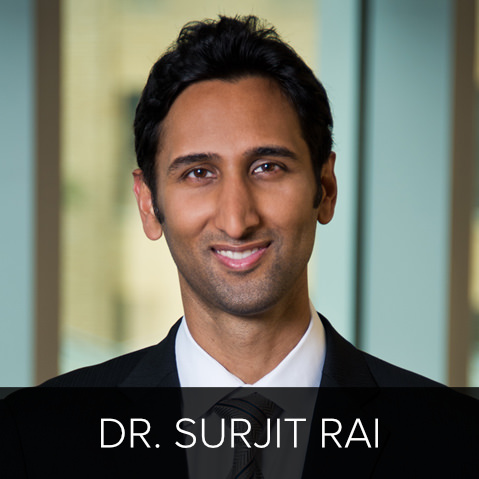Body Contouring by Design: Female Body Contouring (Part 2)
The common adage is that beauty is in the eye of the beholder, but the adage fails to add that human eyes are all pretty similar.In fact, in terms of beauty it turns out they are remarkably similar when it comes to their opinion of beauty, according to a scholar at the University of Texas.Dr. Devendra Singh has long been studying the depiction of “attractive women” in various cultures and media.His earlier studies had been looking at sculpture, measuring their waist-to-hip ratio and other variables, contributing to the evidence of the significance of the 0.7 figure.
In his most recent study, Dr. Singh looked at 345,000 written texts from contemporary and 16th and 17th century Western texts, as well as Chinese, Japanese, and Indian literature, including the Mahabarata and The Tale of Genji.He found that although the breasts were the most commonly mentioned feature of female characters, the description of a woman as being narrow-waisted had the strongest correlation with attributions of beauty.Although not included in Dr. Singh’s study, it correlates with descriptions in Mesopotamian literature, the Biblical “Song of Solomon,” and medieval Arab love poetry.
In essence, this means that although modern people may be more obsessed with actual thinness, in terms of dieting and exercise, the ideal of a slender waist seems universal.Unfortunately, it is a hard characteristic to achieve and maintain.But modern body contouring can help you if you find your waist is wider than you’d prefer.If you have excess fat in your “love handles” area, contributing to the presence of a “muffin top,” liposuction may be able to help.If, however, you also have skin laxity and a looseness of your abdominal muscles, then an abdominoplasty (tummy tuck) would be the best solution.
To learn more about how body contouring can help you achieve the ancient and eternal ideals of beauty, contact Dr. Rai at the Cosmetic Surgical Center today to set up an initial consultation.
Dr. Vasdev Rai
 Dr. Vasdev Rai has performed more than 25,000 cosmetic surgeries over his more than 30 years in practice as a Dallas plastic surgeon. He is a board-certified plastic surgeon who was first certified by the American Board of Plastic Surgery in 1983. Learn More...
Dr. Vasdev Rai has performed more than 25,000 cosmetic surgeries over his more than 30 years in practice as a Dallas plastic surgeon. He is a board-certified plastic surgeon who was first certified by the American Board of Plastic Surgery in 1983. Learn More...
Dr. Surjit Rai
 Dr. Surjit Rai was born and raised in Plano, Texas. Being the son of a plastic surgeon, Dr. Rai had the unique opportunity to see first-hand the impact a plastic surgeon can have. He knew at a young age that he would dedicate his life and academic career towards the goal of becoming a plastic surgeon. Learn More...
Dr. Surjit Rai was born and raised in Plano, Texas. Being the son of a plastic surgeon, Dr. Rai had the unique opportunity to see first-hand the impact a plastic surgeon can have. He knew at a young age that he would dedicate his life and academic career towards the goal of becoming a plastic surgeon. Learn More...
